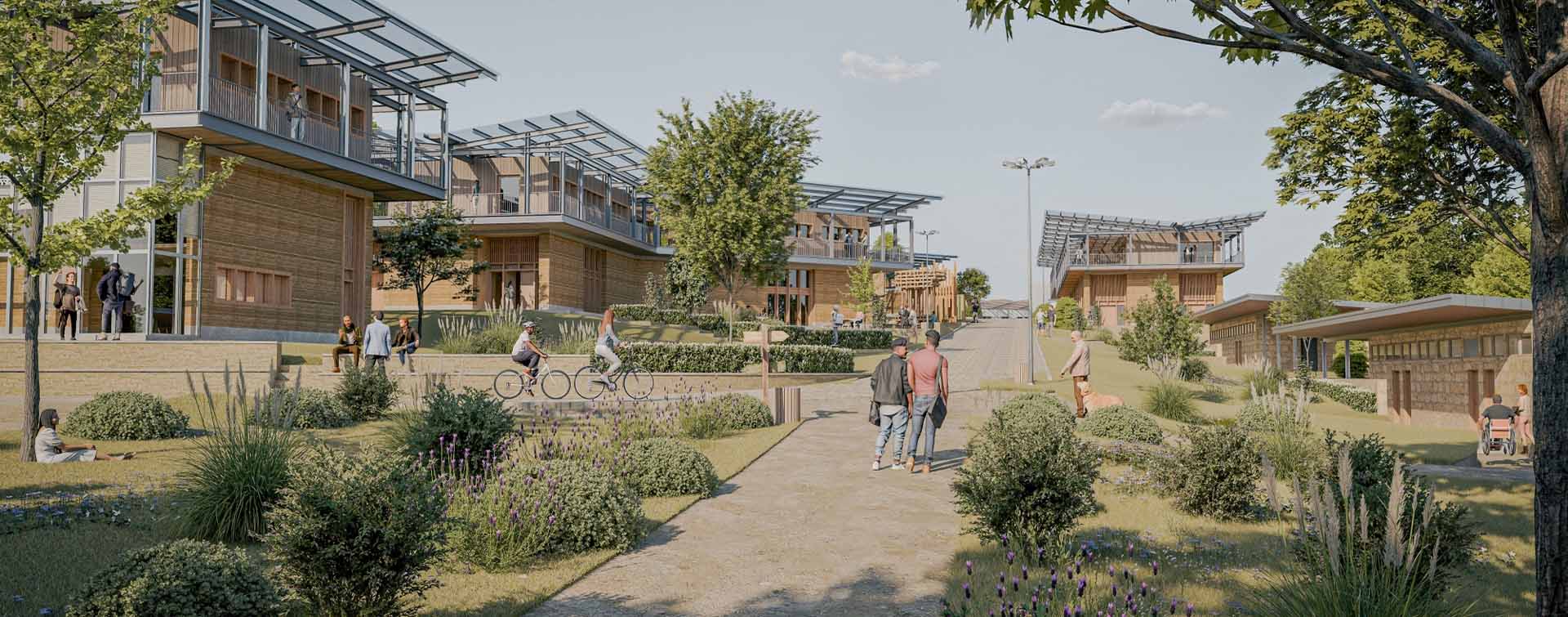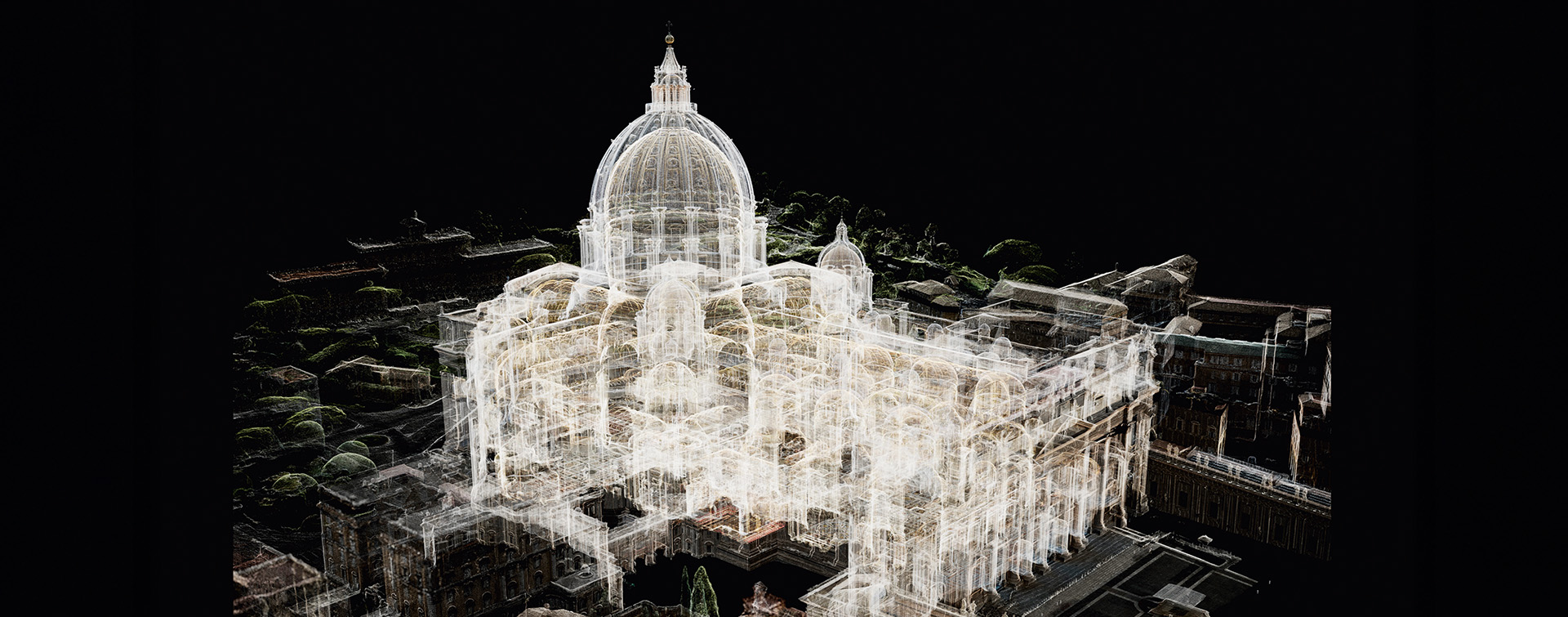 7 min
7 min
Our planet is becoming increasingly urbanized and cities keep on expanding. This phenomenon is particularly visible in the Global South (also known as the countries of the South*). According to the United Nations Human Settlements Programme (UN-Habitat), their surface area will increase by 34% within fifty years (compared to 2020 levels) in high-income economic areas and most importantly by 141% in low-income areas. Faced with the imperative to house significant flows of new citizens and create or resize tertiary real estate, a great many construction projects must be launched in the Global South. The priority is to make them as low-carbon as possible.
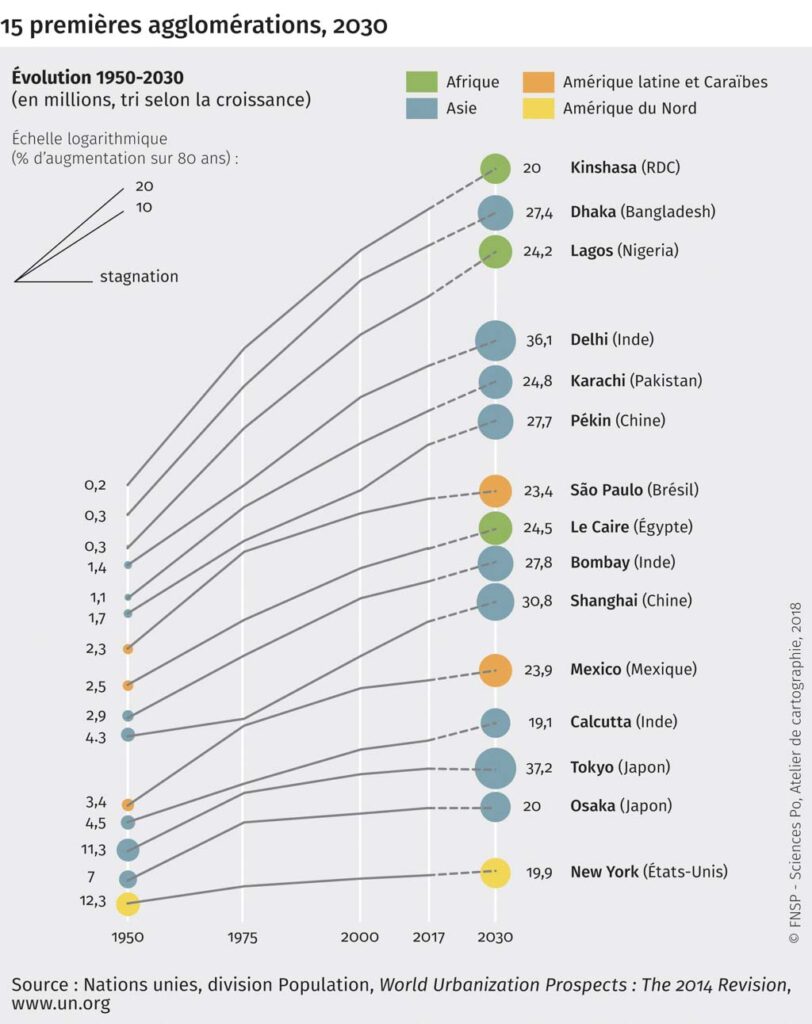
Playing the local card
Cities must innovate in terms of construction and buildings to reduce their environmental footprint, while offering a decent quality of life and supporting economic activity. One of the issues at stake in Sustainable Development Goal 11 from the UN’s Agenda 2030 specifically concerns the countries of the South, calling on them to build “sustainable and resilient buildings using local materials.”
Further reading: Financing climate action: all told…
Ideally, sustainable construction materials should be sourced locally to prevent transport-related emissions. This is the case in Thailand, as Bundit Pradabsook, Commissioner of the Association of Siamese Architects under Royal Patronage, explains. In his view, using drywall materials such as gypsum in high-rise buildings can save their occupants up to 27% on their air conditioning bills: “If you compare it per square meter, the transport cost of drywalls is lower, because they are six times lighter than prefabricated concrete walls.”
This use of traditional local materials can also be seen in the Southern Cone of Latin America, modifying the projects’ shape and design somewhat. Adobe (or compacted earth) is used instead of concrete blocks. With one drawback: this material requires frequent maintenance, more suitable for houses and accommodation – because the thick walls created by adobe are energy-efficient – than vertical constructions or buildings for commercial use.
“Sustainable construction is arousing a growing interest and being increasingly practiced.”Dario Ibargüengoitia, Founding President of Sustentabilidad para México
South African building performance specialist Mlondolozi Hempe is also convinced of the upsurge in lightweight and sustainable materials such as wood. All the same, he points out that there would need to be a change of mindset before sustainable construction is fully accepted and applied. However, this does not take away from its growing resonance, championed by official publications such as the City of Cape Town Smart Building Handbook. Likewise, the Sub-Saharan Africa Architectural Guide provides ideas and solutions, drawing on 850 buildings on the continent. Meanwhile Rebuilding 101 manual: rebuilding strategies for Haiti, published after 2010’s earthquake, provides advice and methods tailored to areas exposed to earthquakes and hurricanes.
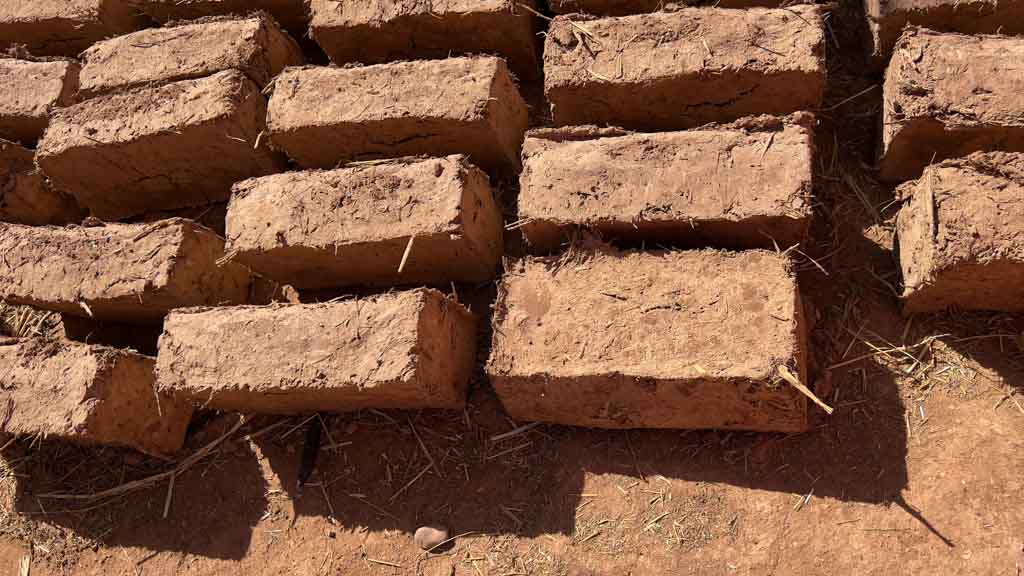
South and North joining forces
The sustainable construction solutions developed in countries in the South are often shared with neighboring nations facing similar problems. This is true of eco-friendly technological innovations designed in Colombia and shared with Brazil, states Sustentabilidad para México’sFounding President Dario Ibargüengoitia, for social housing programs with high environmental performance criteria. While the same approach has been attempted between African and Asian countries, he laments a lack of intercontinental collaboration across the Global South. With one exception: “Despite specific regulations, India is taking astonishing action and is open to a kind of hybridization of its achievements.”
In an age of globalization, ideas from the Global North very quickly reach the Global South and vice versa, generating inspired innovation or even a reinterpretation of technological solutions using local resources. A good example of South-South and South-North cooperation concerns 3D printing, which is often more sustainable than traditional construction. Tvasta is a start-up founded in Madras, India, that designs concrete 3D-printing technologies, combining a futuristic approach with “Old World” culture. After signing a collaboration with Saint-Gobain in 2021, Tvasta concluded a national strategic partnership with Indian Cements in 2022, with a view to devising a more sustainable cement formula.
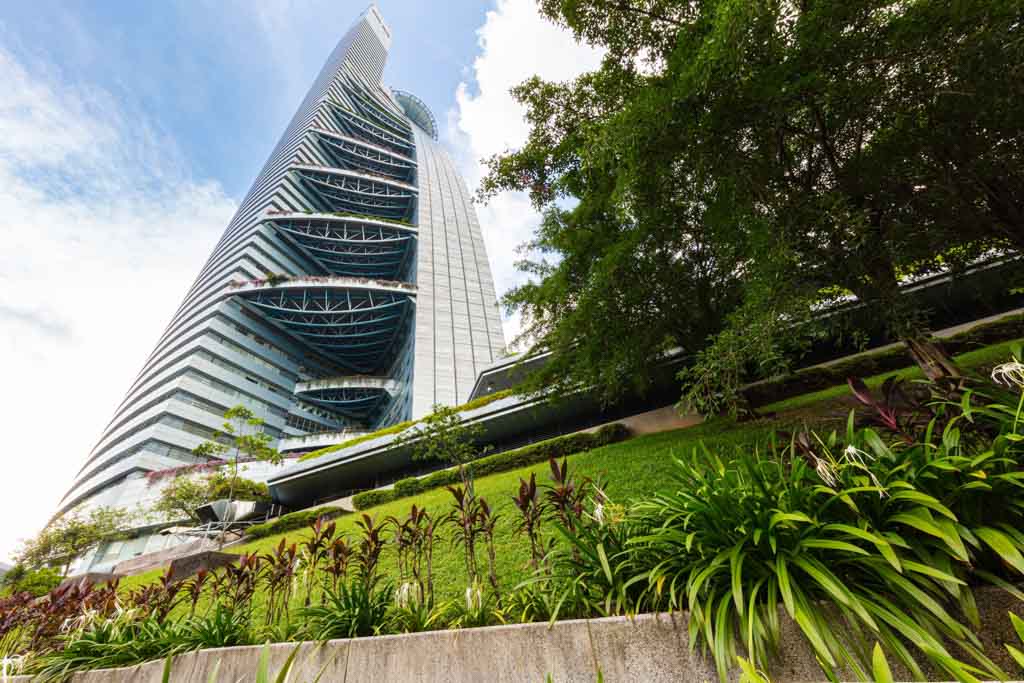
Promoting the use of sustainable solutions
Less financially well-off than countries in the North, countries in the South are less able to invest in eco-friendly materials and passive mechanisms, which are often more expensive to buy. Where unsustainable construction materials are less expensive or easier to obtain, such as illegally logged timber, encouraging the most environmentally-friendly option proves difficult. Solutions such as Environmental Product Declarations (EPD) and the Climate Bonds Initiative (CBI) exist. Crucial for sustainable construction certifications “such as LEED, BREEAM, HQE, etc., EPDs are increasingly popular with investors and developers. The only organization dedicated to mobilizing a bond market of 100,000 billion US dollars for sustainable projects, CBI supports and encourages the green economy throughout Latin America,” according to Dario Ibargüengoitia.
141%
This is the estimated increase in the surface area of cities in the Global South within 50 years (vs 2020), according to UN-Habitat.
And what if the building costs were covered by a charity or NGO? One such example is the Kuyasa project in the suburb of Khayelitsha, Cape Town’s largest township, in South Africa. Since 2006, the city’s authorities and the NGO SouthSouthNorth have begun renovating 2,300 houses in the Reconstruction and Development program (RDP), installing solar water heaters and energy-saving lighting systems and insulating ceilings. The results include an expected reduction in CO2 emissions over a 21-year period (2.85 tCO2e/house/year), improved sanitary conditions through the prevention of respiratory diseases, and an almost 40% drop in energy expenses. It provides a real boost for the local economy with the annual creation of 100 jobs to install the infrastructure.
A question of training
Sustainable construction is arousing a growing interest and being increasingly practiced, as Dario Ibargüengoitia highlights. In his view, even if Latin American society has not yet entirely taken on board the idea of decarbonization, the trend is for healthier, well-ventilated, energy-saving spaces offering good thermal comfort. Particularly in Central and South America and large metropolises such as São Paulo, Buenos Aires, and Mexico City.
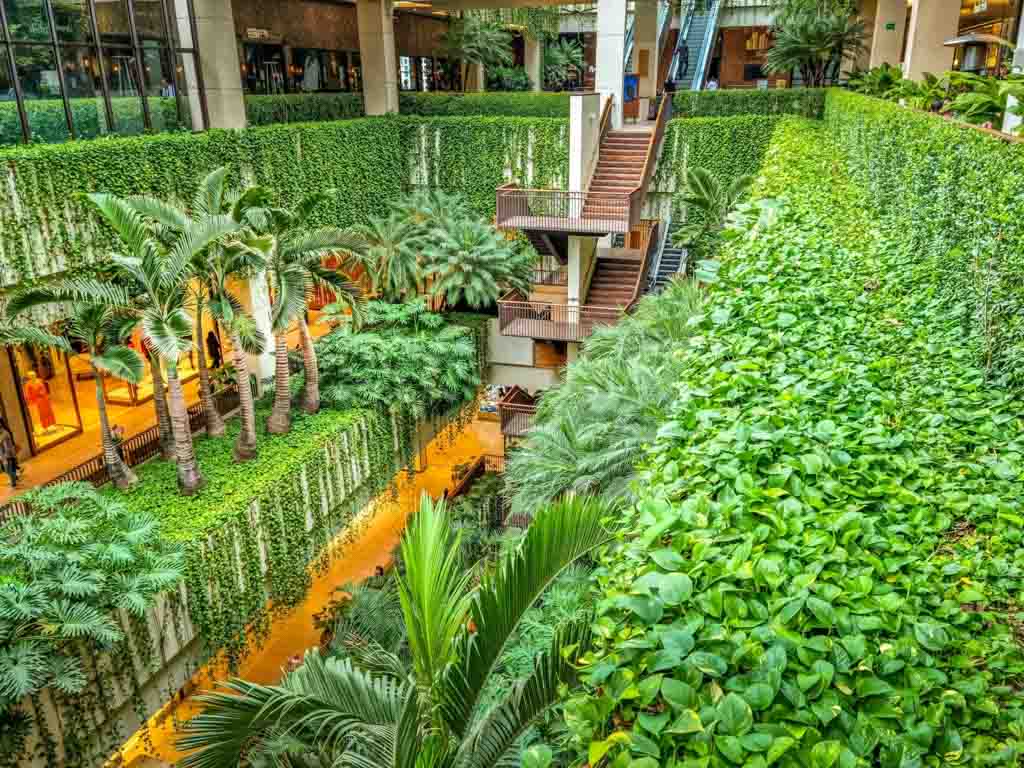
In future, raising greater awareness of sustainable construction will involve more investment in training populations in the Global South. While countries of the South still have few architects and engineers in the building sector1 trained in a project’s social sustainability, bodies such as the Sustainable Architecture Training Center in Argentina and the Training Center for Sustainable Construction2 in Morocco are attempting to remedy this. Built of earth and wood, the latter looks to combine traditional know-how with modern technologies. Meanwhile, the Peru-based Ella Network has a learning community devoted to best practices and methodologies to create cities capable of withstanding climate change.
Sustainable construction in the Global South is not a new idea — the first stone of the energy-efficient skyscraper TM Tower in Kuala Lumpur, Malaysia, was laid in 1998. However, limited financial resources and restrictive town planning rules are continuing to slow down its growth in these countries, in which there is a strong desire – and an even greater need – to increase the number of sustainable concepts and ensuing projects.
* The definition of the term “Global South” remains vague insofar as it refers to an extremely heterogeneous group of countries: India, Brazil, South Africa, Saudi Arabia, Indonesia, Egypt, Mexico, Argentina, etc. To depict it on a world map, we could draw a line that runs between Mexico and the United States, separates Africa from Europe, surrounds the south of the Middle East (except Turkey), then runs below Kazakhstan and Russia before diving to avoid South Korea, Japan and Taiwan, along with Australia and New Zealand.” (source: RFI, September 2023)
1- Improving Socially Sustainable Design and Construction in Developing Countries (Procedia Engineering, volume 145, 2016, p.288-295) 2- Training Center for Sustainable Construction, New city of Chwiter, Morocco
Photo credits: ©Gyproc ©FNSP - Sciences Po, Atelier de cartographie, 2018 © ChristiLaLiberte / iStock © Holger Kleine / Alamy © Travel-Fr







